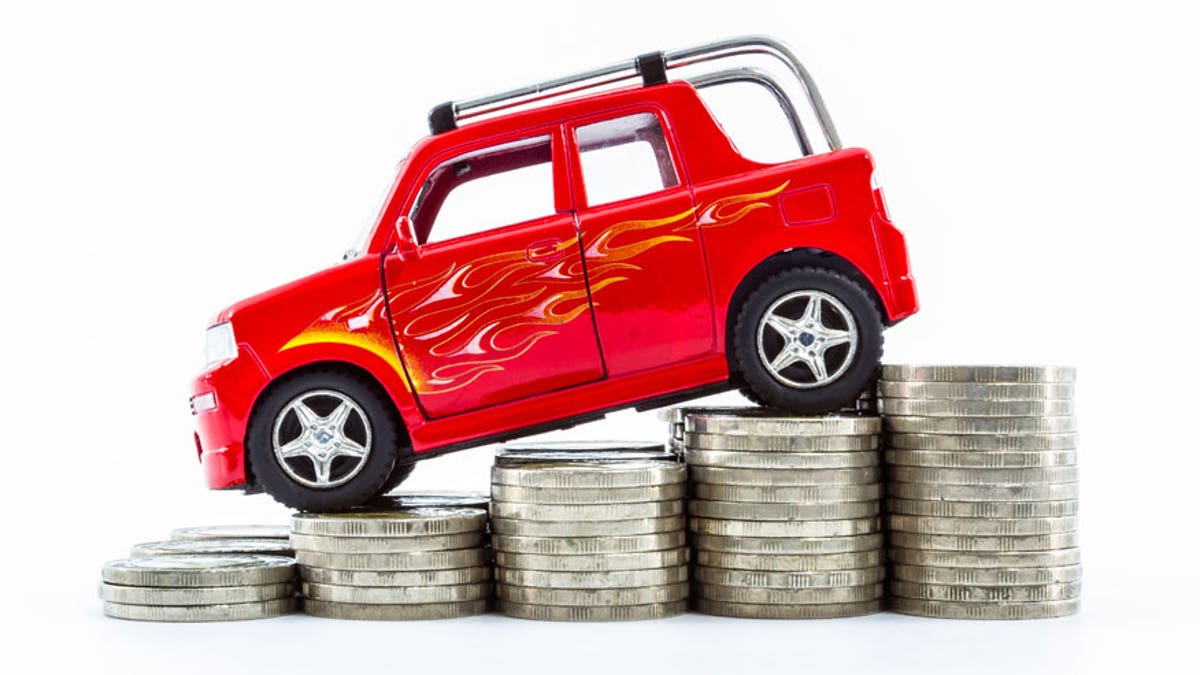
Owning a car isn't cheap. First, there's the price of the vehicle, which now hovers north of $30,000, on average. Then there's the cost of maintenance, which can be a real headache in some parts of the country. Tack on the price of insurance, fuel, and the occasional pair of fuzzy dice, and you've got one expensive proposition.
But according to AAA, the average cost of car ownership has fallen about two percent over the past 12 months. In the U.S., it now sits at $8,698, with a per-mile cost of $0.580.
How is that possible, when everything seems so expensive these days? Three reasons:
1. Fuel costs are very, very low. Today, the average cost for a gallon of unleaded regular is $2.69. While that's up $0.30 from a month ago, it's a full dollar cheaper than it was this time last year.
2. Loan rates are low. Though interest rates have crept up in recent months, they're still comparatively low, thanks to continued competition among lenders. Today, the average 48-month new car loan comes at a rate of 4.33 percent, while a 36-month used car loan clocks in around 5.2 percent. The average annual finance charge for an auto loan in the U.S. is now $669, or $178 below last year.
3. Maintenance costs are either flat or declining. Repair costs for conventional vehicles today are about the same as they were last year, having risen only about $7.50. Pair that with other costs of ownership that have fallen, and the total cost declines. The news is even better for hybrids hybrid owners, who have seen repair bills drop -- in some cases, dramatically so.
That said, it's not all rainbows and unicorns. Owners of minivans and SUVs pay more than the national average for vehicle ownership ($9,372 and $10,624, respectively). And some costs like insurance, registration, and depreciation are bucking the downward trend. For a complete rundown of where things stand and where they might be going, visit AAA.com.